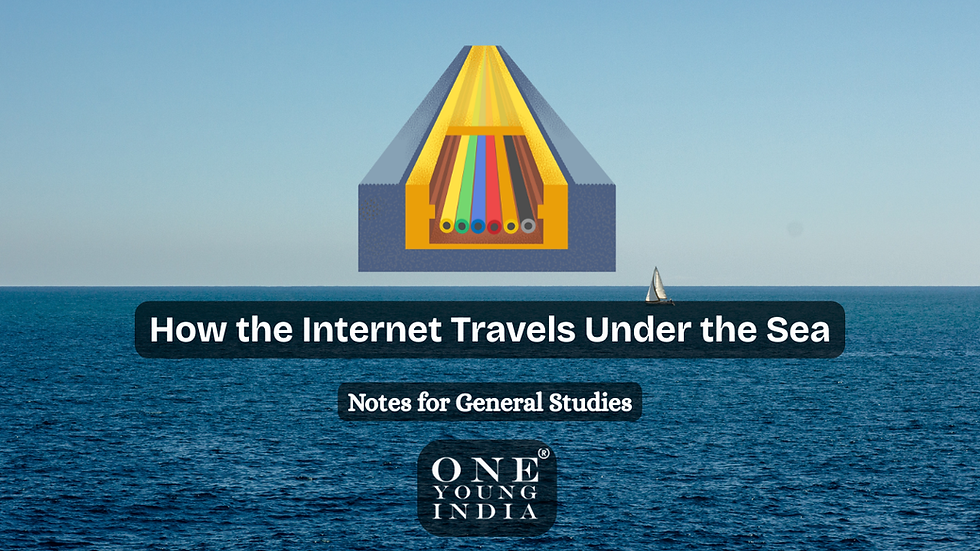Satellite Internet
- One Young India

- Oct 30, 2022
- 3 min read
Introduction
Similar to satellite TV, satellite Internet is a wireless link that spans satellite dishes that are both in orbit and on Earth. In order to keep people in touch and give them access to modern communication and information systems, it makes communication networks easily accessible in even remotest places of the world.
Broadband, fibre optics, cable internet, and other types of land-based internet connectivity are not available everywhere on Earth. In fact, if you reside in a rural area of the country with inadequate internet infrastructure, satellite Internet is still your only alternative.
How does it work?
Radio waves are used by a satellite in orbit for communication. Elon Musk's Starlink satellites, on the other hand, operate via lasers. A communication network sends and receives data to your internet-enabled device and connects through a modem and satellite dish to a satellite in space. After that, it is sent to what are known as NOCs, or network operations centres, on Earth. There’s no cable or anything required for satellite internet as it comes ‘directly’ from satellites orbiting in space.
Advantages
Closing the digital accessibility gap
Since building the infrastructure needed to provide internet service requires a significant investment, access to the network has generally benefited trade, education, and business in major cities. Leaving aside businesses and organisations situated in remote and difficult regions However, due to the fact that satellite internet does not require significant infrastructure investments, some businesses have chosen to employ it as a solution to close this communication gap.
Vast Coverage
Satellite connections can reach any area on earth. An single satellite in geostationary orbit is capable of traversing seas and continents. This expansive coverage enables Internet access quick and simple despite the presence of various geographical constraints.
Cost Effective
In an unserved location, it may cost lakhs of Rupees to lay a mile of fibre. In addition to the exorbitant cost, it may take many months to deploy fibre and make it accessible to specific locations. Therefore, if you lack terrestrial connectivity, satellite Internet is the most economical way to access the Internet at fast speeds.
Disadvantages
Latency
Latency is the time it takes for information to travel from your computer to its destination. In the case of satellite internet, data must be sent to space, to your ISP, and back again, resulting in bad latency or a high ping rate. Satellite internet might not be suitable for transactions that need high end speed.
Weather
The weather affects the signal path of the satellite internet. In the event of rain, storms, and severe winds, the signal could become weaker and there is a possibility that the internet will be unavailable. Additionally, wind might cause physical damage to the dish.
Obstructions
Even slight blockages can prevent satellite Internet signals from transmitting. Therefore, systems in tropical regions must be routinely inspected for trees growing in the way. Some signals may be intermittently hindered for brief periods of time if trees are blown into their path by the wind.
VPN Incompatibility
VPNs are incompatible with satellite Internet connections. VPNs require high bandwidth for both uploads and downloads; they require a setup with low latency and high bandwidth, which is the polar opposite of satellite internet.
Conclusion
Internet has become an integral component of our personal and professional lives today. The quest for e-governance has increased the importance of Internet connectivity, public delivery and services are digitalized, and so is their access, leaving a significant portion of the population excluded. India performs poorly in digital parity rankings due to unequal digital access. Although satellites appear to be a logical means to provide internet connectivity where none existed, the technology is neither fast, dependable, or responsive enough to compete with fibre or cable internet. However, this may change as private players and governments work to provide internet connection to every individual in every part of the globe.



